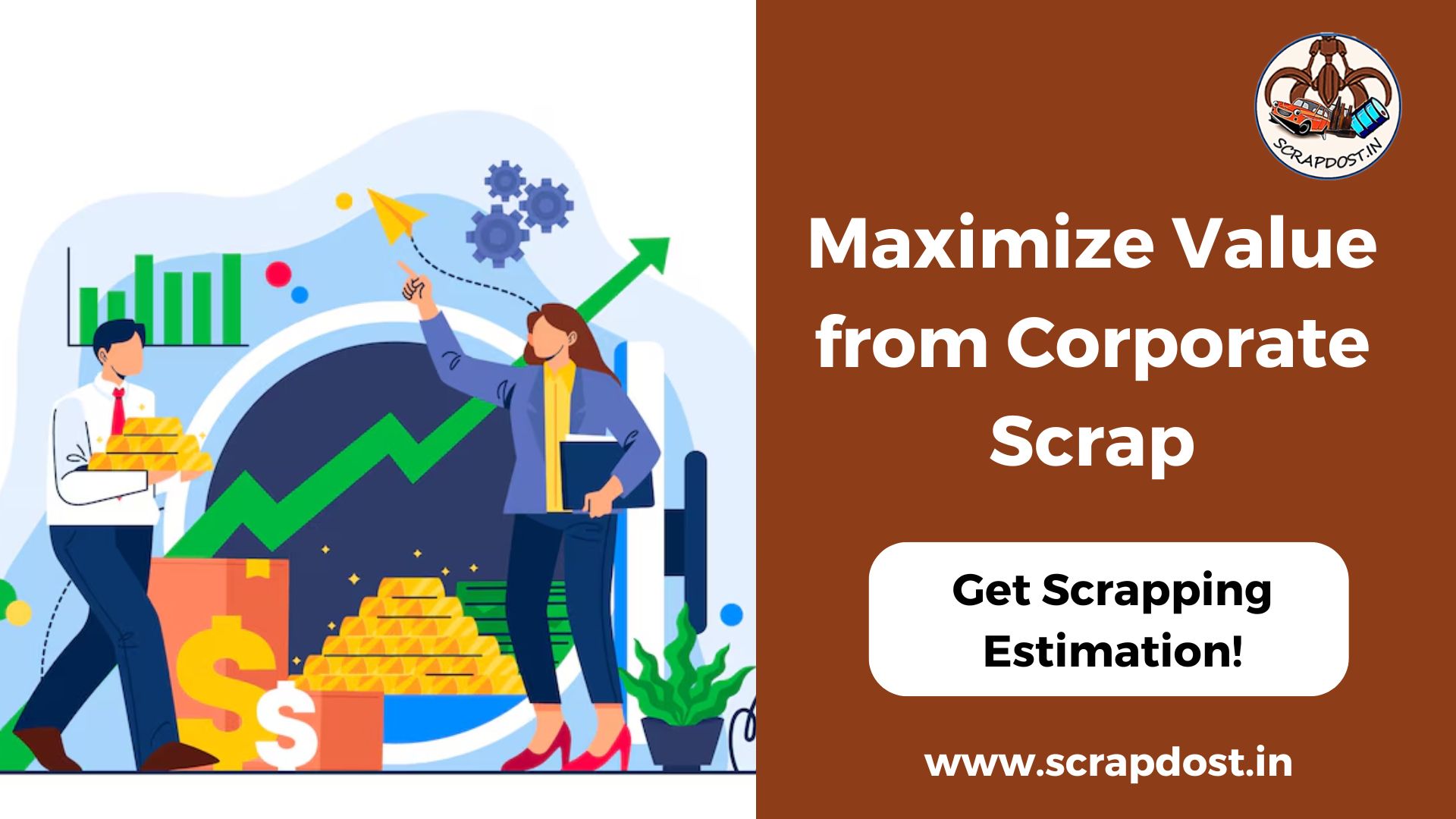Corporate sustainability and management of resources have never been as important as in today's fast-paced business world. Many companies produce substantial volumes of scrap that include old computers, typewriters, fax machines, metals, plastics, and papers. This scrap should therefore be properly managed not only to avoid violating environmental laws and regulations but also to generate extra income for the company. Below are some of the best practices that experts advise for getting the most for corporate scraps in terms of both economic returns and environmental gains.
Before diving into the tips, it’s essential to understand the various types of corporate scrap:

This includes computers, printers, and mobile devices such as tablets and phones, among other electronic gadgets.
Derived from industrial productions, construction work, and other related operations.
It comprises bags, cartons, shattered plastic components, and any other plastic product that can be disposed of.
It extends from formal letters and documents to cardboard and packing materials.
Hazardous wastes contain items such as chemicals, batteries, and other materials that have to undergo special disposal.
It starts with an analysis of the nature and quantity of scrap produced by your company. Knowing the type of scrap generated, the amount produced, and the production rate will aid in formulating the best scrap management strategy. undefined
The first step of segregating the scrap is very important in getting the most value from it. Mixed scrap is typically worth less than sorted scrap due to the fact that it is less sorted. undefined
Working with a scrap management service like Scrapdost means that your scrap will go through the right channels and processes. These experts can provide:
Technology can be used to address problems in scrap management and ultimately get more value from your scrap. Technologies such as:
Knowledge of how various types of scrap are valued in the market can help you to bargain effectively for the rates offered by scrap consumers. Stay informed about:
Logistics are important in ensuring that the benefits of scrap are realized fully. undefined
Electronic waste, or e-waste, is one of the rapidly increasing wastes and has precious metals such as gold, silver, copper, and others embedded in it. Properly managing e-waste involves:
With the help of a circular economy approach, you can add even more value to your scrap. This involves:
Employees are central to the efficient management of scrapping activities. Engage and train them by:
Compliance with environmental laws not only helps to minimize legal risks but can also benefit a company. Ensure compliance by:
The management of corporate scrap utilization calls for an effective and optimum waste management strategy, proper technology, and employee involvement. Auditing, adopting a segregation plan, involving reputable scrap management solution providers, and tracking the market can help organizations convert waste into wealth.
Scrapdost has strong experience in the waste management industry and provides a range of services for businesses interested in getting the most of their scrap. From collecting scraps daily to reasonable charges and effective documentation, Scrapdost makes your waste management efficient and profitable. When you decide to cooperate with Scrapdost, you create value for your business as well as help to make the world a more sustainable place.
Joining forces, let us make waste management a lucrative and environmentally sustainable business.
Scrapdost is available today to help you unlock the full potential of your corporate scrap
© 2026 ScrapDost